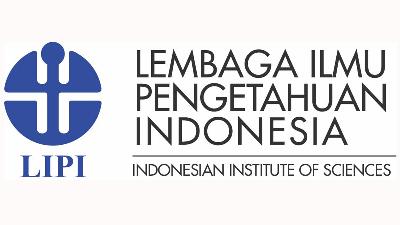Human Resources Implementation Using the McKinsey 7S Method for Business Startup: Duck Nugget Frozen Food
Abstract
Keywords
Full Text:
PDFReferences
David, R. Freid. (2009). Manajemen Strategi Konsep. (Edisi12). Jakarta: Salemba Empat.
David, R. Freid. (2011). Strategic Management Concepts and Cases. (Thirteenth Edition). United States of America: Pearson Eduction.
Tom Peters dan Robert Waterman. (1980). McKinsey 7s Framework.
Kotler, Philip dan Amstrong, Gary. (2001). Principles of Marketing, Prentice Hall, Englewood Cliffs. New Jersey.
Porter, M.E & Kramer, M.R. (2006). Strategy and Society: The Link Between Competitive Advantage and Corporate Social Responsibility. Harvard Business Review.
Broad M.L and J.W Newston. (1992). Transfer of Training. Addion Wesley Publishing Co.
Drucker, Peter F. (1984). Inovasi dan Kewirausahaan, Praktek dan Dasar-Dasar. Erlangga.
Lexy. J Moleong. (2005). Metodologi Penelitian Kualitatif. Bandung: Remaja Rosdakarya.
Hermawan Kartajaya. (1999). Siasat Memenangkan Persaingan Global. Gramedia Pustaka Utama.
Hermawan Kartajaya. (2004). On Becoming a Customer – Centric Company. Jakarta: Gramedia Pustaka Utama.
Prof. Dr. Rhenald Kasali. (2000). Membidik Pasar Indonesia. Gramedia Pustaka Utama.
Rachman T, Phd. (2005). Employee Empowerment Mindset. Jakarta: Institute of Managemenet Studies.
Abkowitz, Mark D. (2008). Operational Risk Management – A Case Study Approach to Effective Planning and Response. New York: Willey.
Anderson, T.J & Schroeder, P.W. (2010). Strategic Risk Management Practice – How to Deal Effectively with Major Corporate Exposure. Cambridge: Cambridge University Press.
Beasley, Thomas L.; Shenkir, William G. and Walker, Paul L. (2002). Making Enterprise Risk Management Pay Off. New York: Prentice Hall.
Refbacks
- There are currently no refbacks.

This work is licensed under a Creative Commons Attribution 3.0 License.
Supported by :


 Indexed by :
Indexed by :




